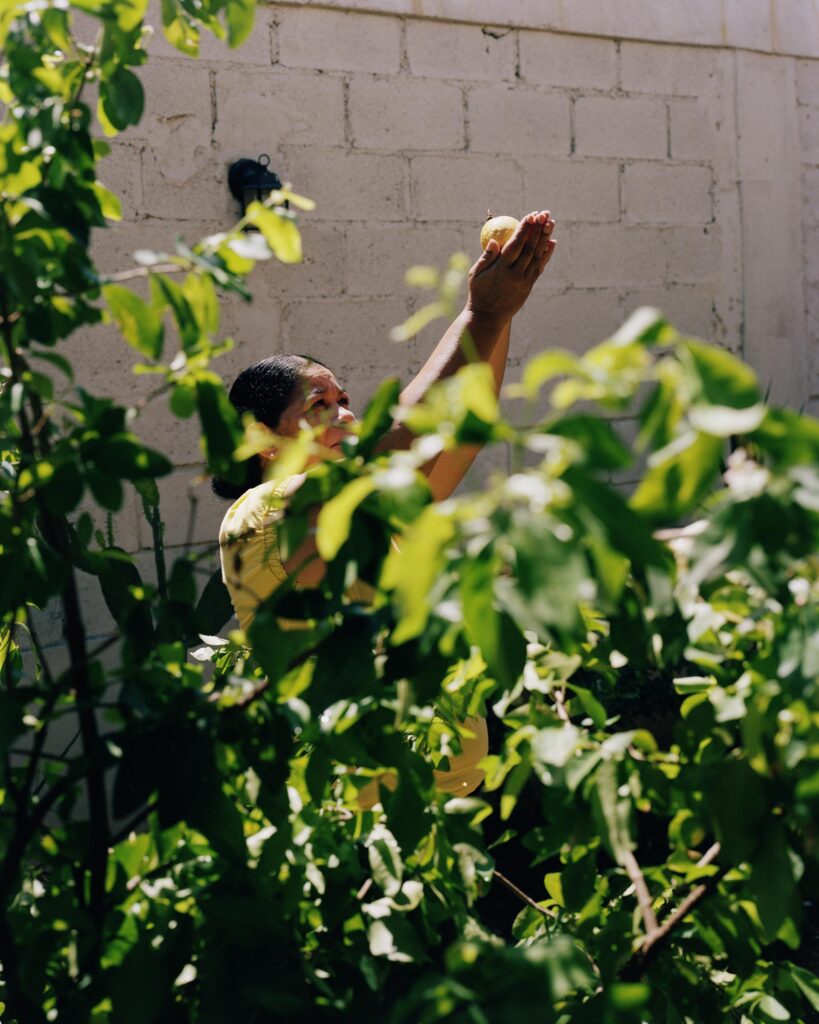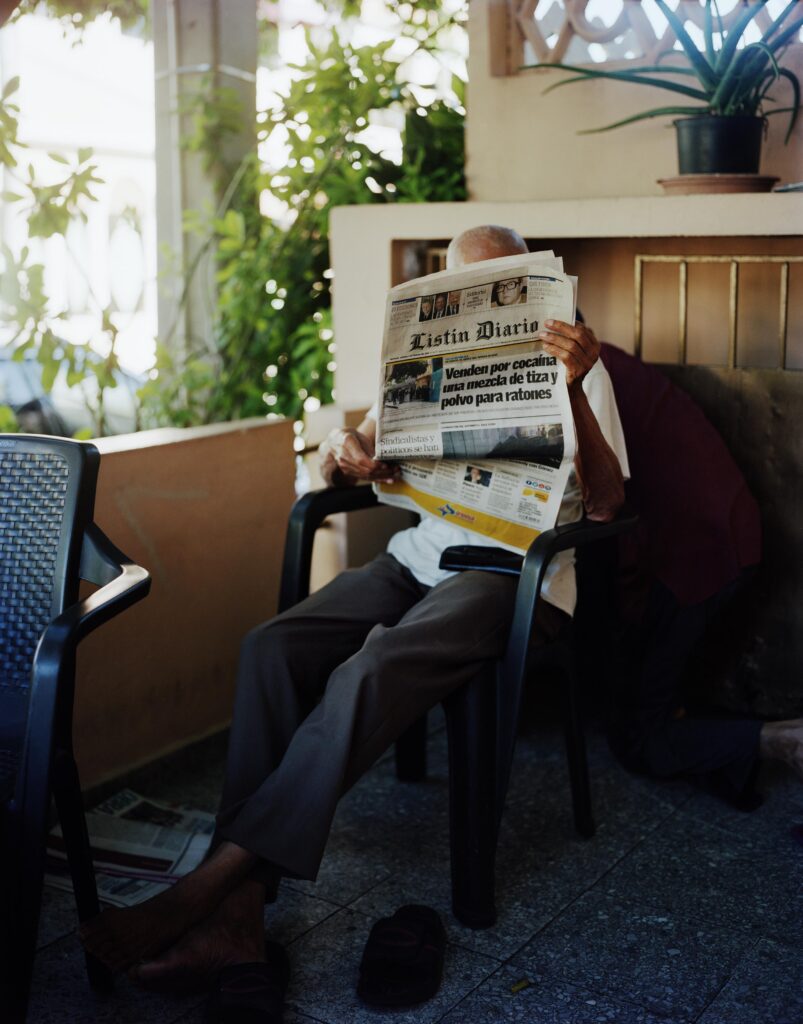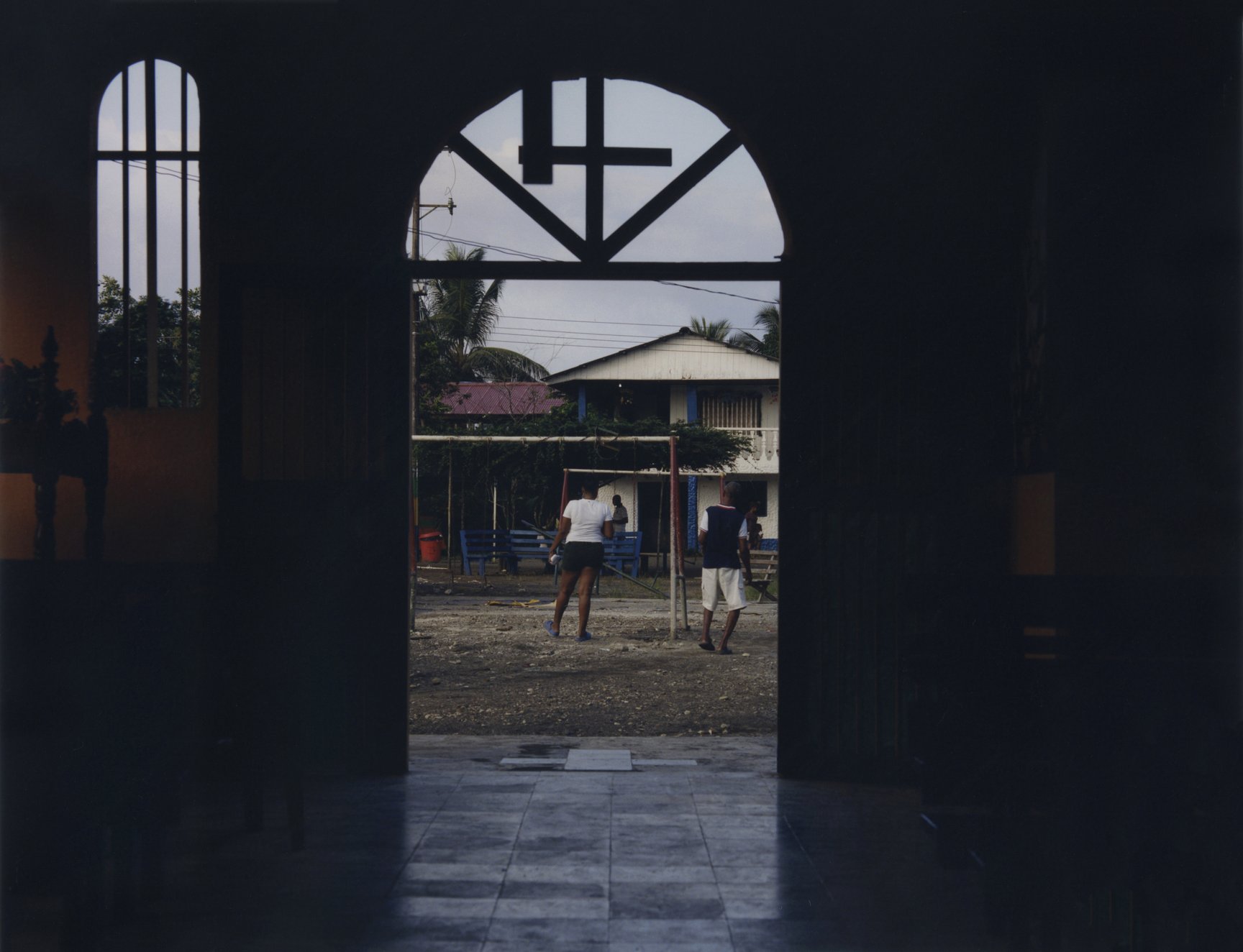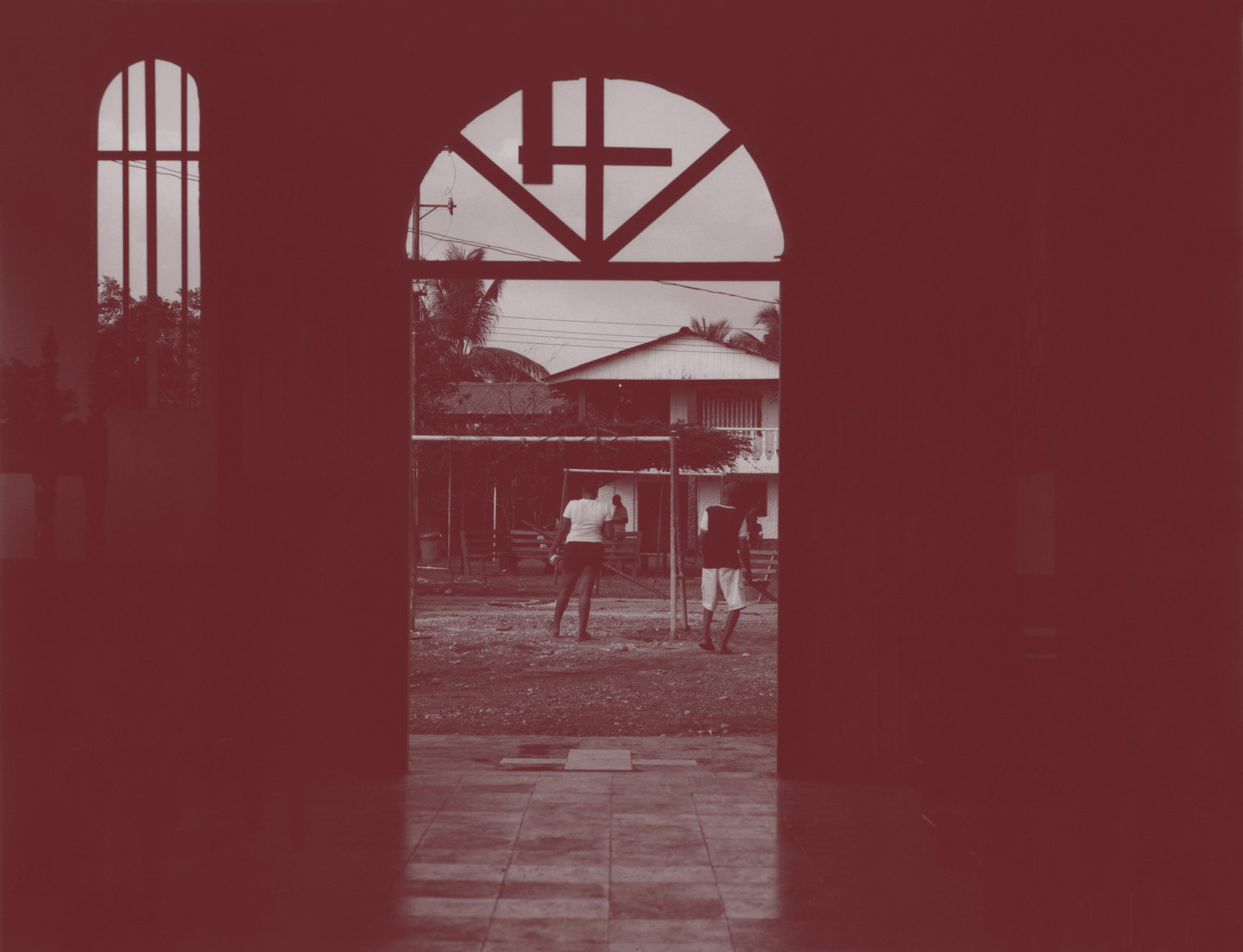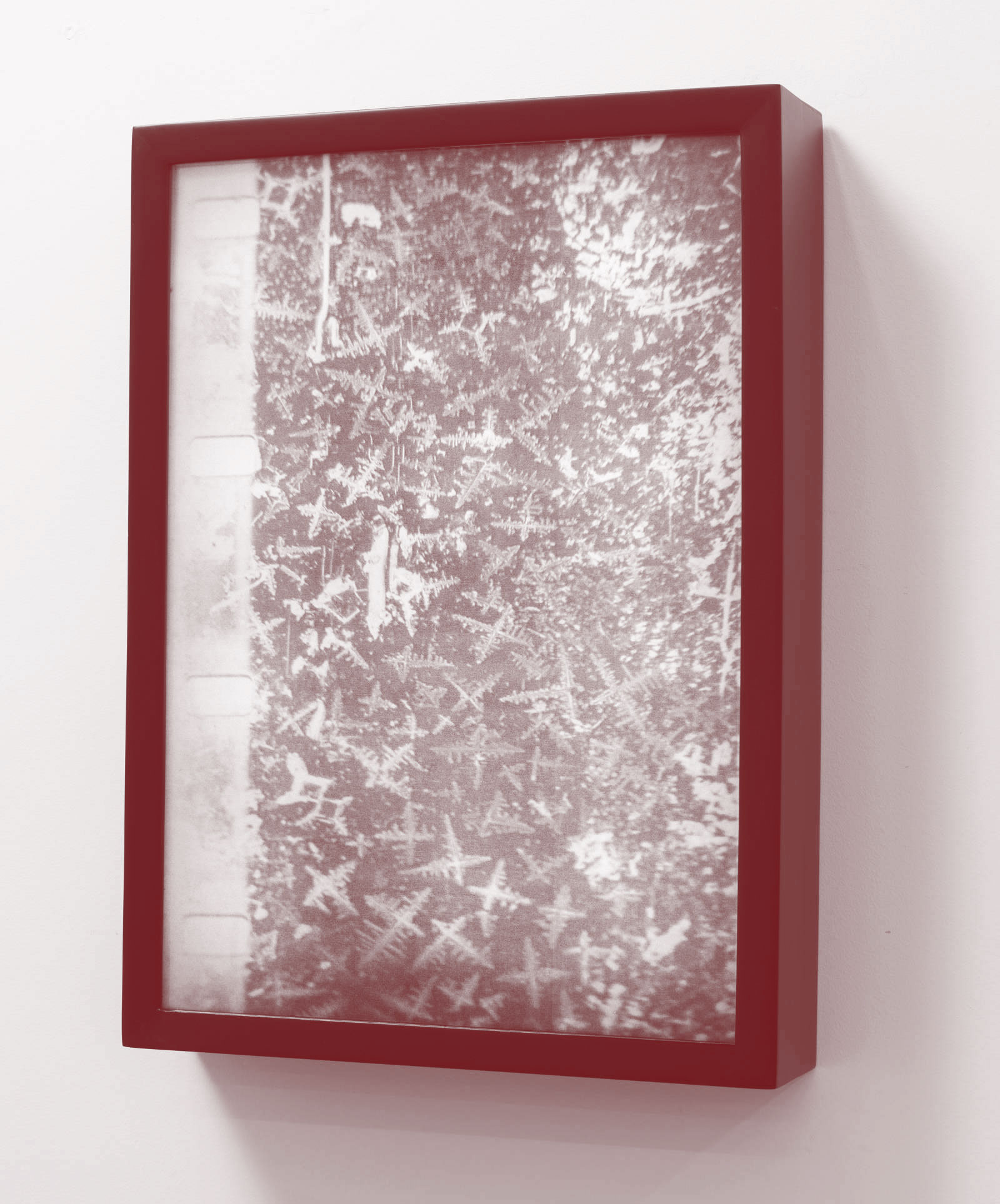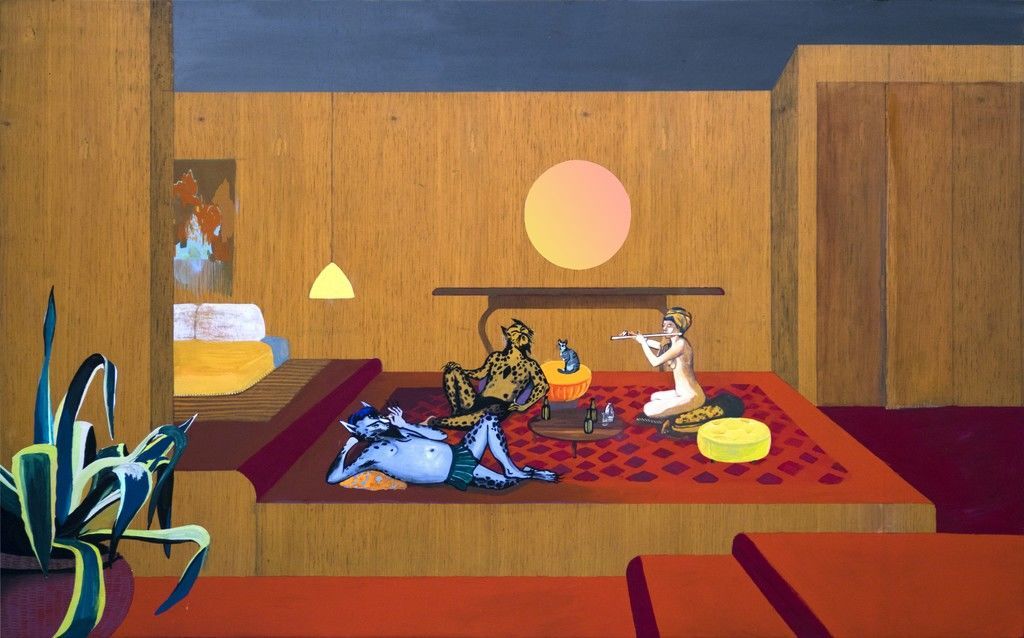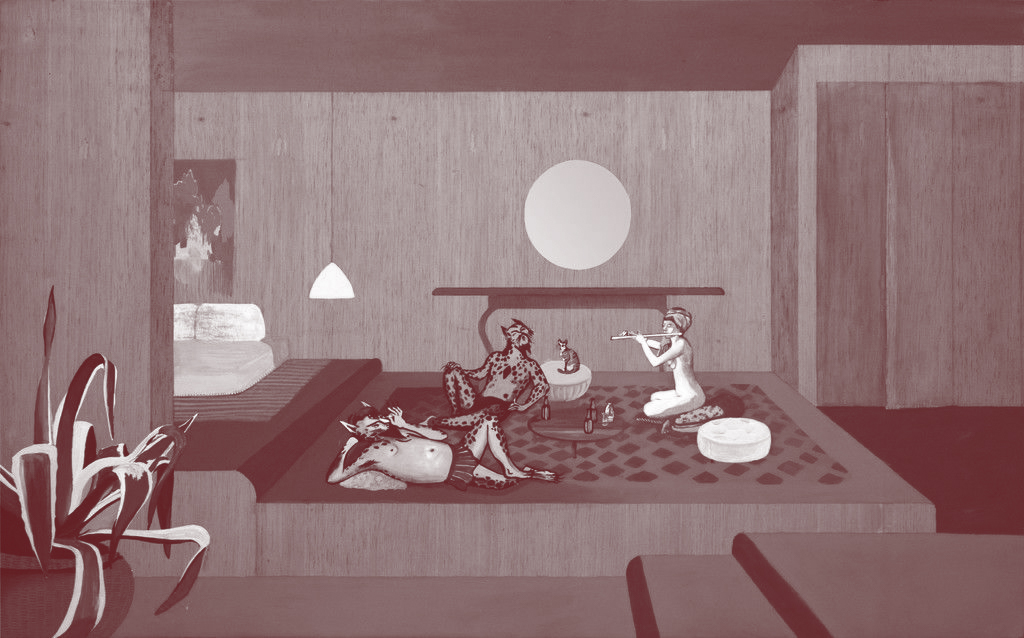
We had the pleasure of interviewing talented Dominican photographer, Guarionex, whose lens captures the essence of culture and identity. He takes us through his different works, including Segunda Generación, a deeply personal exploration of connection and disconnection to the Dominican Republic. Overcoming skepticism and self-doubt, he shares the journey of self-recognition and the support of peers and family that fueled his artistic endeavors.
When we first met, you told us about your community of photographers and how much they have helped you. Today, the community has opened their space to invite others to experience their work. Can you tell us more about how Mycelia collective started and how it has evolved?
Mycelia Collective began at Fabric Studios as a crit group with artists Avion Pearce, Chad A. Hillard, and myself. The group expanded once we invited Courtney Sofiah Yates and Rasaan Wyzard. Unfortunately, Pearce left the group for personal reasons (with a positive note) which led us to invite Cheril Sanchez and Keenan Macwilliam a couple months down the line. After many shared crits, we decided to solidify our connections and created the Mycelia Collective. We are trying to expand what we do as first a crit group, now a collective, in hopes to inspire other artists to create and build their own.

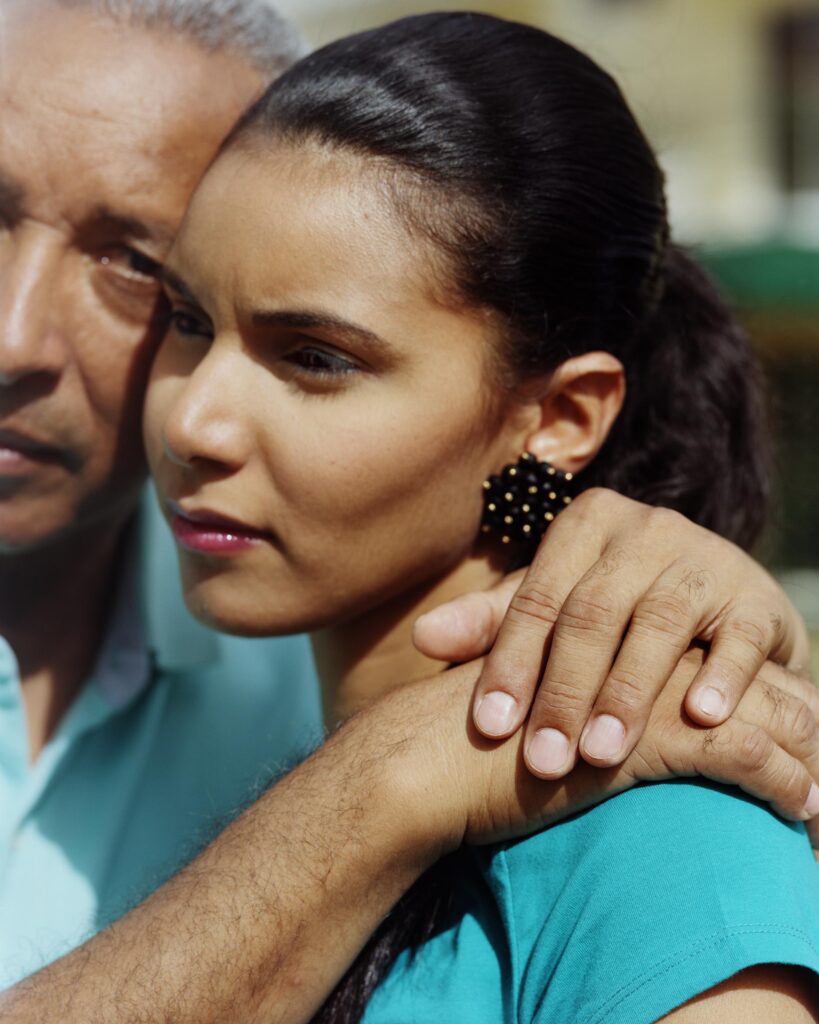
Being Dominican ourselves, we feel connected to your photography series “Segunda Generación” What did this series mean to you?
“Segunda Generación” meant the connection and disconnection I have towards the Dominican Republic. Living and existing outside the island has shaped my relationship to the DR. My family did their best to preserve the connection through all my younger years which led me to explore the island on my own terms. It reminds me of the calling cards from the 90s/00s. My parents used to force me to grab a couple at the nearest colmado. The labor to get the card and bring it back home to then sit down and talk to every single person on the other side of that phone. Hearing the phone get passed around to my Tias, my Tios, to my primos, and even to the neighbor who would visit them during these calls. As an adult, that inspired me to tap into the other side and explore all my family members who couldn’t make it to the USA or beyond. And in turn, sparked this project to nurture that connection by using the traveling privileges to see my family and how they live their lives in the Dominican Republic.
Can you describe a photograph you’ve taken that challenged societal norms or sparked controversy? What was the message, and how did it affect your career?
I don’t know if I ever took photographs that challenged societal norms. But in 2015, I did start my series photographing black/brown DJs and producers who specifically work in house and techno music. I remember I told someone that I want to photograph these DJs/Producers as if they were getting a FADER cover. At that time electronic music was not being taken seriously in the American market–especially for people of color. I’d simply photograph them in my style and eventually they would use the images for their press shots. This led to a fortunate connection with Love Injection FanZine where I became their unofficial photo editor. I actually ended up photographing my favorite DJs and Producers onto Love Injection’s covers. Years down the line I saw the shift in image making for DJs within the Brooklyn scene. In time, this opened up doors I didn’t imagine opening. I started to work with other artists and clients who found those images of DJs/Producers from various press releases in the global market.
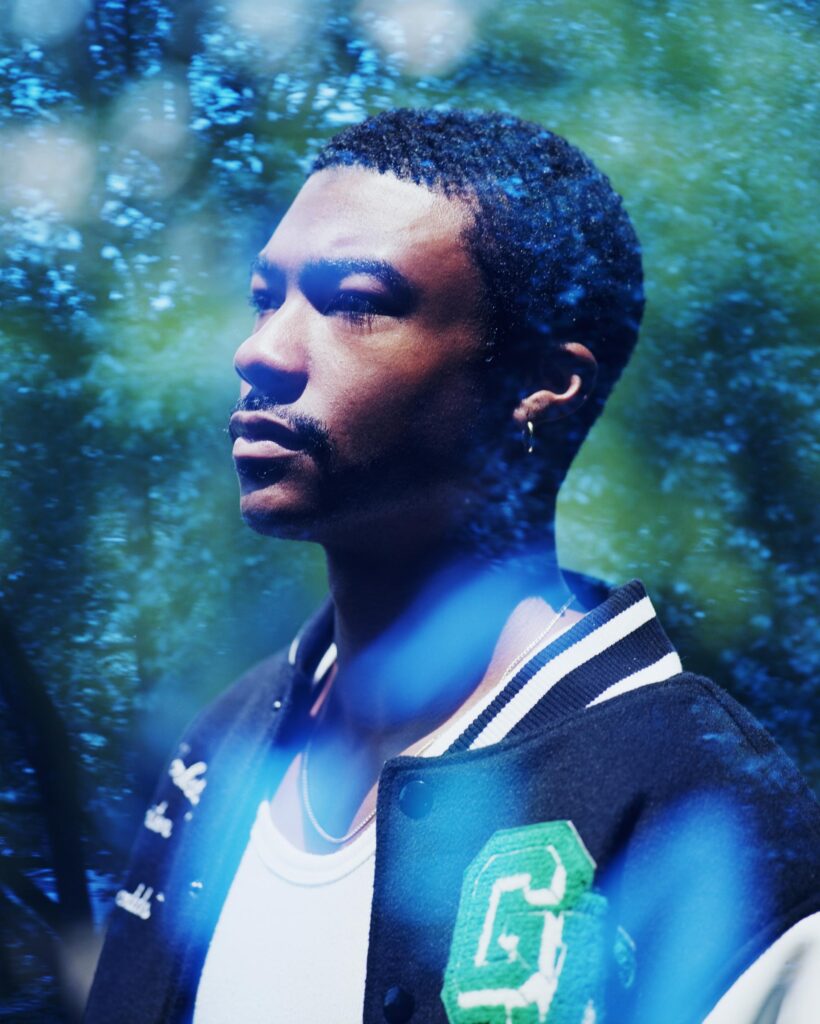

What challenges have you encountered in pursuing photography and how have you overcome them?
A major challenge has been trying to be recognized as an artist. It was a challenge to get recognized as a photographer. But to be unquestioned as an artist has been the biggest hurdle. I finally overcame it when I verbally told myself I’m an artist. Finding the conviction for myself opened up the possibility for others to believe in me. Because there were a lot of people in this world that doubted my work. I’ve always had and continue to have the support of my peers and family but to gain recognition from art institutions, magazines, and galleries is still a push. Slowly and surely I’m becoming more recognized for the work I do because I’ve been blessed with friends that are a part of these institutions and help push me in the right direction.
What role does post-processing play in your photography, and how do you decide when an image is “finished”?
Most of my work is hand printed by me. Even if I feel that the piece itself is finished, I tend to come back to it and rework it or reimagine the images I make. So I guess it’s not necessarily ever finished but always evolving.
Have you ever had a project or concept that you’ve wanted to explore but haven’t had the opportunity to yet?
Way too many projects I want to execute. Recently I saw an interview with director Park Chan-wook. He was describing how patiently he waited to make movies like Oldboy, because it took him years into his career to finally create what he wanted to make. I’m basically at the stage of my artistic career where I’m waiting to execute past ideas and concepts that I didn’t have the finances or time to do so. As my career progresses, I will get to that point of creation. And of course, I’ll be excited to show the world all these new projects I’ve planned over for all these years.
